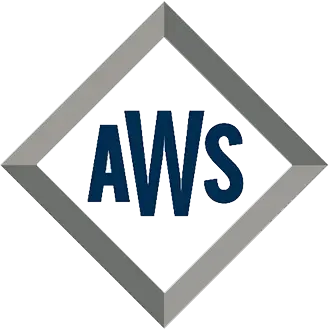The Future of Construction: How Structural Steel Fabricators Are Shaping Modern Architecture
In the rapidly evolving landscape of modern architecture, structural steel fabricators play a pivotal role in shaping the future of construction. These skilled professionals not only provide the essential materials that form the backbone of contemporary buildings but also innovate techniques and designs that enhance structural integrity and aesthetic appeal.
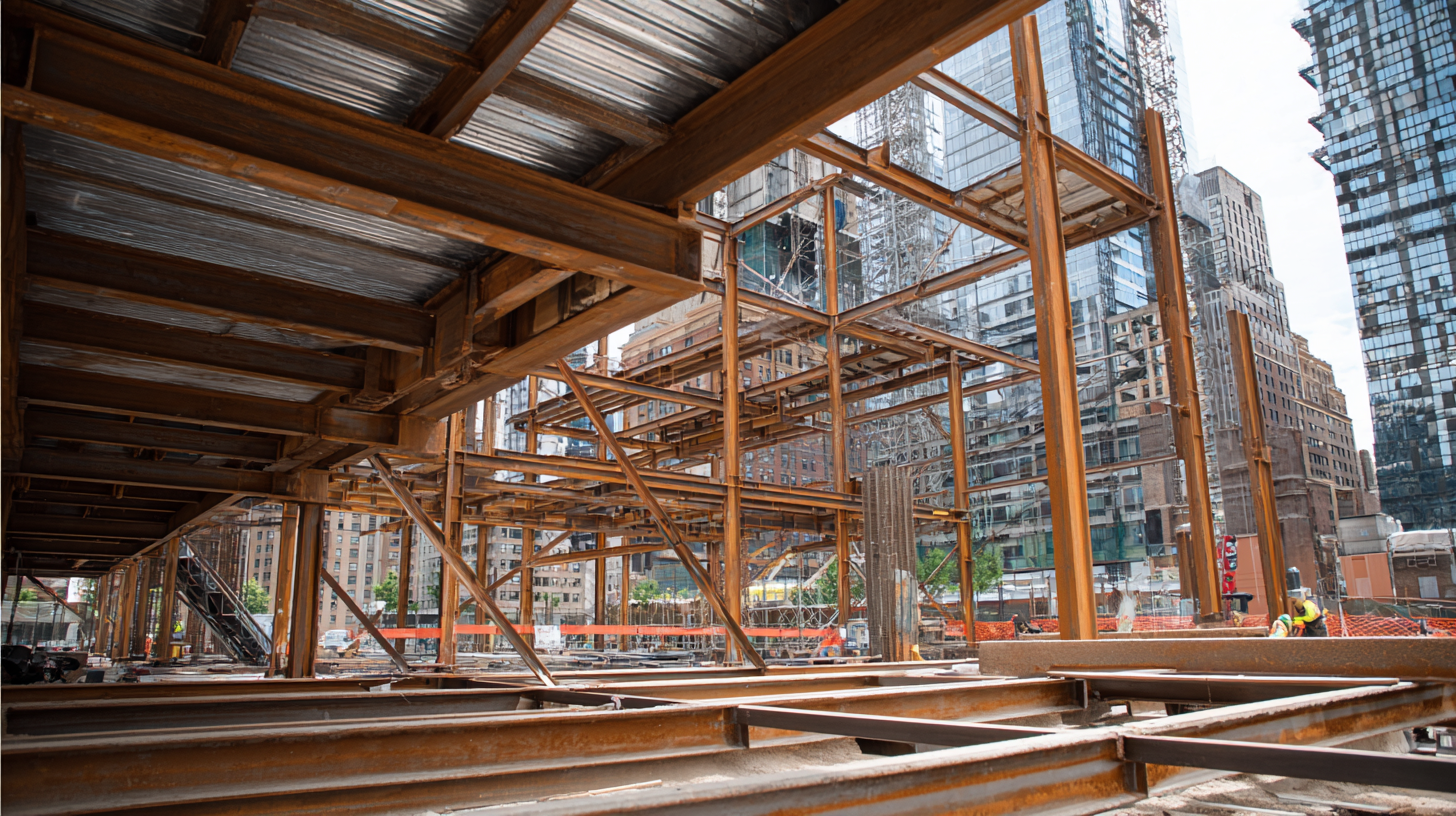 As we delve into the intersection of technology and construction, it becomes evident that the collaboration between architects and structural steel fabricators is vital for realizing ambitious projects that push the boundaries of creativity and functionality. By embracing advanced fabrication methods, sustainable practices, and integrated digital processes, structural steel fabricators are at the forefront of transforming architectural visions into tangible realities, ensuring that modern structures are not only resilient but also remarkably striking.
This guide will explore the strategies and tips that can help both established and emerging fabricators thrive in this competitive industry, pointing out the necessary steps to adapt and excel in a future defined by innovation and complexity.
As we delve into the intersection of technology and construction, it becomes evident that the collaboration between architects and structural steel fabricators is vital for realizing ambitious projects that push the boundaries of creativity and functionality. By embracing advanced fabrication methods, sustainable practices, and integrated digital processes, structural steel fabricators are at the forefront of transforming architectural visions into tangible realities, ensuring that modern structures are not only resilient but also remarkably striking.
This guide will explore the strategies and tips that can help both established and emerging fabricators thrive in this competitive industry, pointing out the necessary steps to adapt and excel in a future defined by innovation and complexity.
Advancements in Structural Steel Fabrication Techniques
Advancements in structural steel fabrication techniques have revolutionized the construction industry, allowing architects and builders to explore innovative designs and optimize structural integrity. Modern fabrication methods, such as automated cutting, welding, and 3D modeling, enhance precision and efficiency, significantly reducing construction times and costs. With the integration of technology like Building Information Modeling (BIM), fabricators can now simulate and visualize projects in their entirety before actual fabrication begins, minimizing errors and ensuring better alignment with the overall architectural vision.
Moreover, advancements in materials science have led to the development of high-strength alloys that not only lighten the structural load but also increase durability. Steel's remarkable versatility allows for intricate designs that can harmonize with both traditional and contemporary aesthetics. Additionally, the push for sustainability has resulted in eco-friendly practices within steel fabrication, such as the use of recycled steel and energy-efficient processes. These innovations not only meet the demands of modern architecture but also contribute to the creation of resilient structures that stand the test of time.
The Future of Construction: Advancements in Structural Steel Fabrication Techniques
The Role of Structural Steel in Sustainable Architecture
Structural steel plays a pivotal role in shaping sustainable architecture, providing both strength and versatility while minimizing environmental impact. As cities grow and design ambitions expand, structural steel offers architects the ability to create innovative, efficient designs that stand the test of time. Its high strength-to-weight ratio allows for lighter structures, which not only reduces material usage but also lessens the demand on foundations, promoting a more sustainable approach to building.
Moreover, the adaptability of structural steel enhances its appeal in eco-friendly construction. Steel can be easily modified or repurposed, allowing for the design of dynamic spaces that can evolve with changing needs. This adaptability also makes it easier to incorporate renewable energy systems and green technologies, such as solar panels and green roofs, into the architectural framework. By utilizing structural steel, fabricators support the development of buildings that not only meet current needs but also anticipate future demands, positioning sustainable architecture as a forward-thinking solution in modern construction.
| Dimension | Data Type | 2023 Statistics | Impact on Sustainability |
|---|---|---|---|
| Material Recycling Rate | Percentage | 90% | Reduces waste and conserves resources |
| Energy Efficiency | kWh/sq.m | 40 | Enhances building performance |
| Life Cycle Assessment | Years | 50+ | Long-lasting and durable structures |
| Carbon Footprint Reduction | CO2 Emissions (kg) | 1000 | Contributes to climate action |
| Construction Time Improvement | Days | 30% | Faster project delivery |
Innovative Architectural Designs Enabled by Steel Fabricators
Structural steel fabricators are at the forefront of innovation in modern architecture, enabling designs that were once considered impossible. According to a report by the American Institute of Steel Construction (AISC), approximately 90% of commercial construction projects incorporate structural steel, underscoring its vital role in contemporary building practices. The strength-to-weight ratio of steel allows architects to push boundaries, utilizing larger spans and creating expansive open spaces that enhance both functionality and aesthetic appeal.
Moreover, advancements in technology have streamlined the fabrication process, with tools like Building Information Modeling (BIM) facilitating precision and collaboration. A study by the National Institute of Standards and Technology (NIST) found that BIM can reduce project time by up to 30% and costs by 20%, which is crucial in a competitive industry. Steel fabricators are not only meeting the demands of innovative designs but also adhering to sustainability practices, with recycled steel becoming an integral component in modern architectural projects.
**Tip:** When selecting a fabricator, ensure they have experience with advanced technologies like BIM and a strong portfolio of innovative designs.
**Tip:** Consider the environmental impact of your materials; opting for recycled steel can significantly lower the carbon footprint of your construction project.
Case Studies: Iconic Structures Shaped by Steel Fabrication
Steel fabrication has become a cornerstone in the realm of modern architecture, enabling the construction of iconic structures that push the boundaries of design and engineering. A prime example is the Burj Khalifa in Dubai, which stands as the tallest building in the world. Its structural integrity is largely due to an intricate steel framework, allowing it to reach unprecedented heights while ensuring safety and stability. According to the World Steel Association, the global steel market is projected to grow at a compound annual growth rate (CAGR) of 3% from 2021 to 2026, which highlights the increasing reliance on steel processes in architecture.
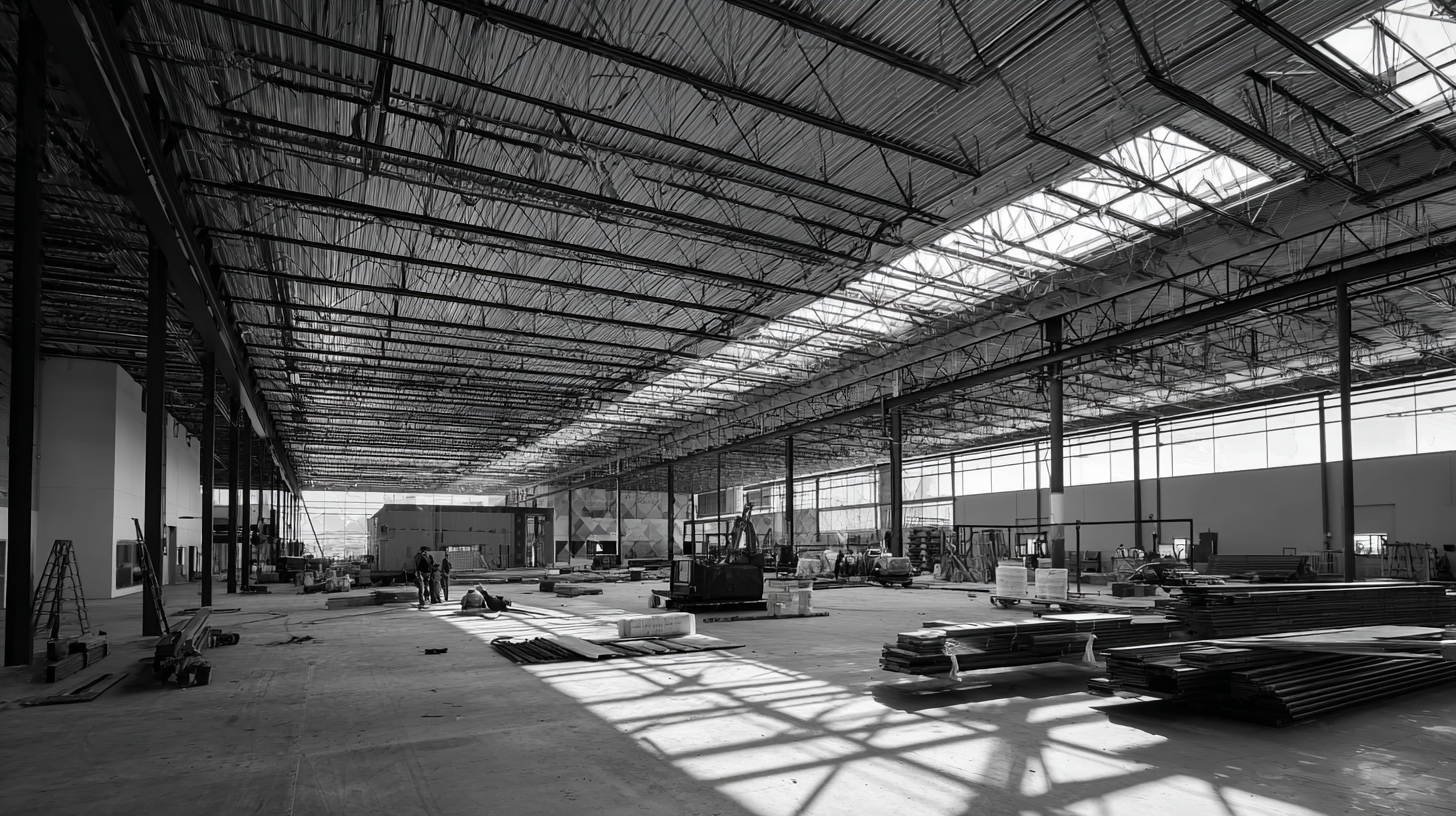
Another notable case is the Sydney Opera House, which features a unique design realized through innovative steel fabrication techniques. With the use of pre-fabricated steel components, the construction process became more efficient, reducing time and labor costs significantly. A report from Allied Market Research indicates that the worldwide demand for fabricated steel in construction is expected to surpass $400 billion by 2027, indicating a robust trend in the industry.
Tips for Steel Fabrication Success: To optimize the design and construction of steel structures, it is vital to collaborate early with structural engineers and fabricators. This can streamline processes and identify potential issues before they arise. Additionally, investing in advanced software for modeling and simulation can lead to more precise fabrication and, ultimately, a more efficient build.
Future Trends in Structural Steel and Architectural Collaboration
The collaboration between structural steel fabricators and architects is redefining modern architecture, as emerging trends signal a move toward more sustainable and innovative construction practices. According to a recent report by the American Institute of Steel Construction (AISC), approximately 50% of current steel fabricators are utilizing advanced technologies like Building Information Modeling (BIM) to enhance design accuracy and efficiency. This synergy not only streamlines the construction process but also reduces material waste, aligning with the growing emphasis on sustainable practices in the industry.
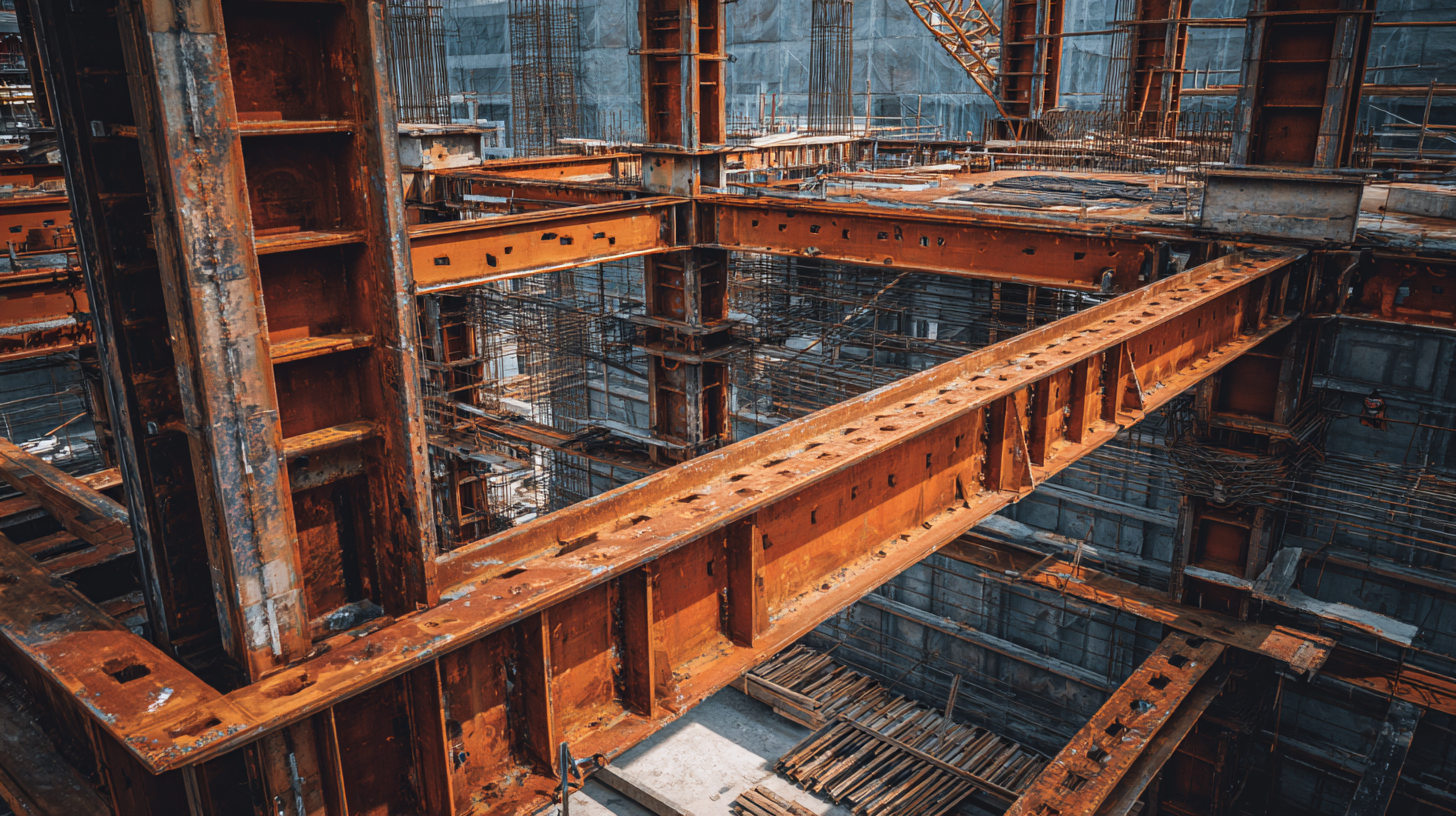
Moreover, research from McKinsey & Company highlights that the integration of digital tools in the planning phases can lead to a 15% increase in project efficiency. Architects and structural engineers are now more equipped than ever to collaborate seamlessly, allowing for more intricate designs to be realized efficiently. As the demand for innovative structures rises, the ability to rapidly prototype and simulate structural designs using steel is becoming essential. This transformation signifies a broader trend towards agility in construction, ensuring that the built environment meets the aesthetic and functional demands of modern society while adhering to sustainability goals.
Related Posts
-

Mastering the Craft of Structural Steel Fabrication A Step by Step Tutorial
-
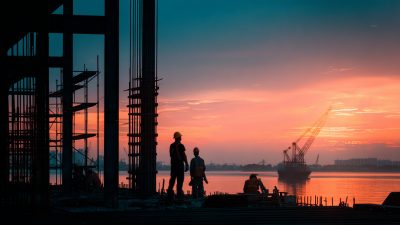
How to Choose the Right Structural Steel Fabricators for Your Construction Projects: Key Factors and Industry Insights
-

Innovative Techniques in Sheet Metal Manufacturing You Might Not Know
-
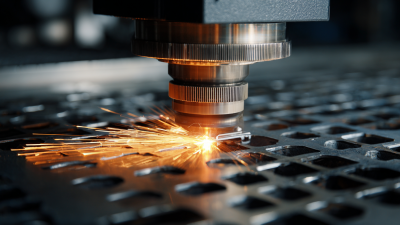
How to Utilize CNC Laser Cutting Technology for Maximizing Precision and Efficiency in Manufacturing
-

7 Best Laser Machine Innovations to Transform Your Manufacturing Process
-
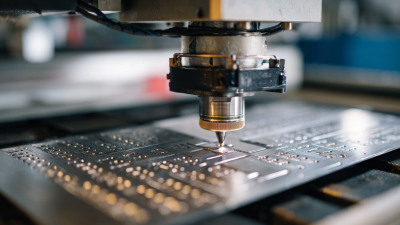
10 Best Sheet Metal Prototyping Tips for 2023 to Boost Your Production Efficiency
Get your project done the Right way
7:00am - 5:00pm
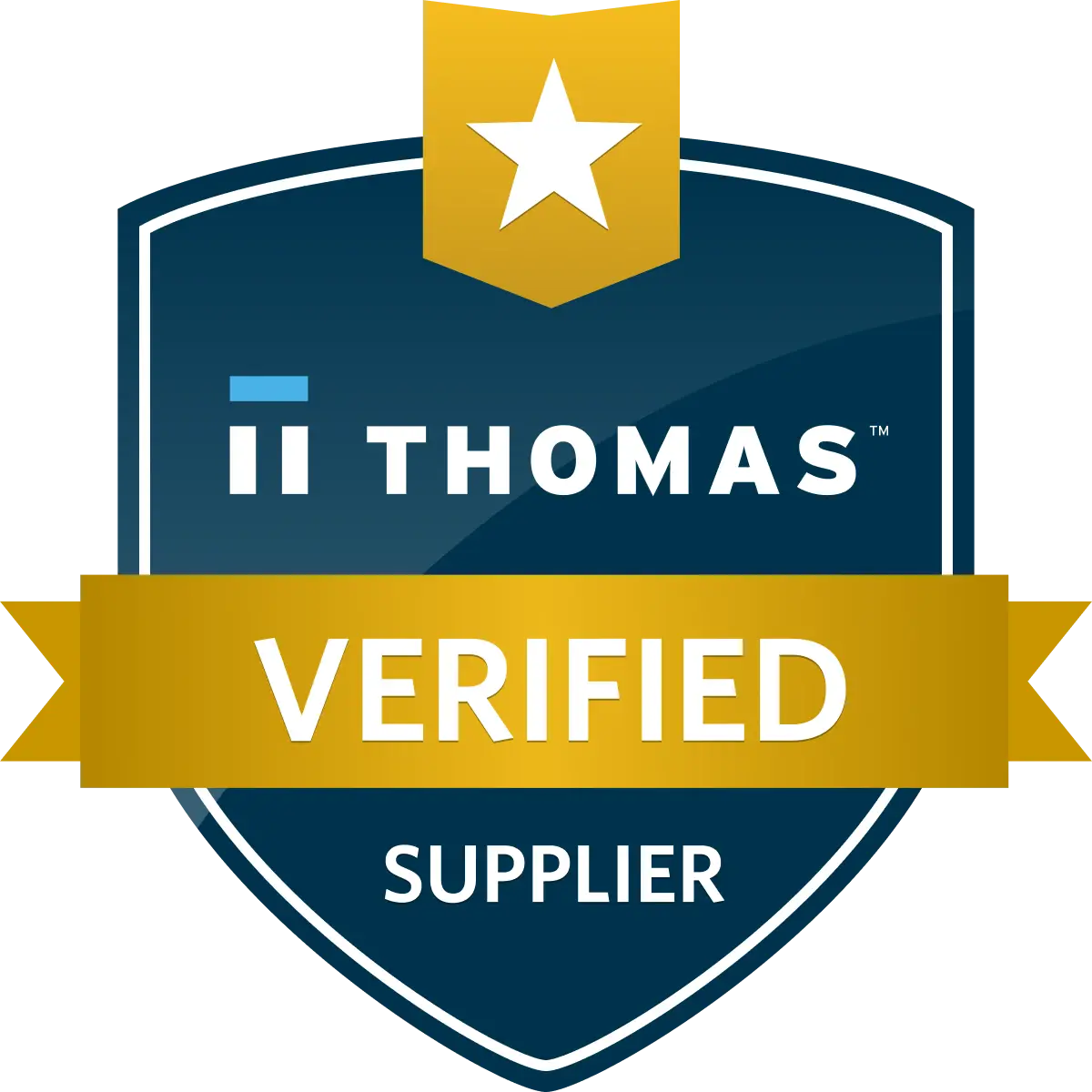
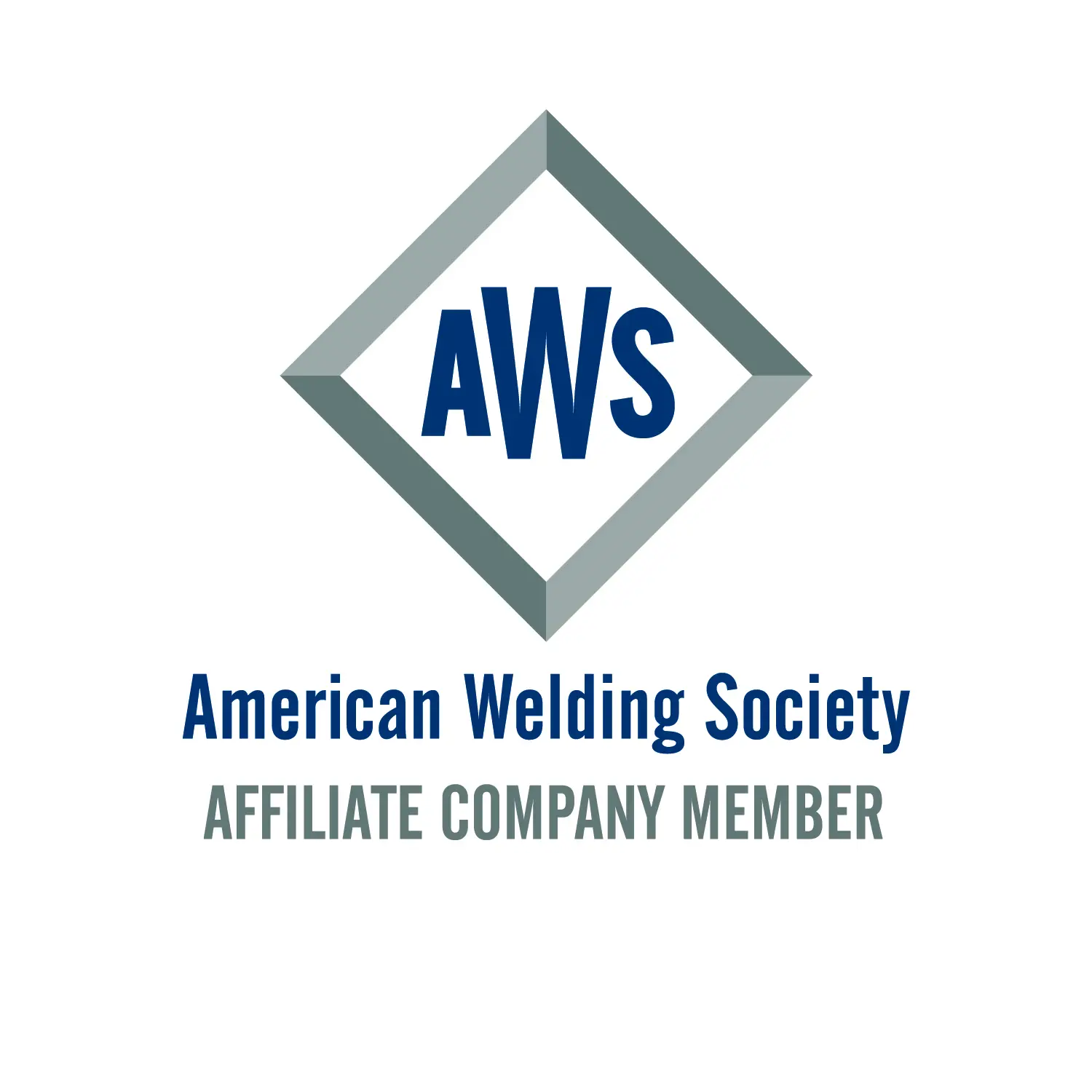
- Copyright2025 © Tri-State Fabricators
- Accessibility
- Privacy Policy
- Terms


